ASUS ROG Astral GeForce RTX 5080 16GB GDDR7 OC Edition Graphics Card
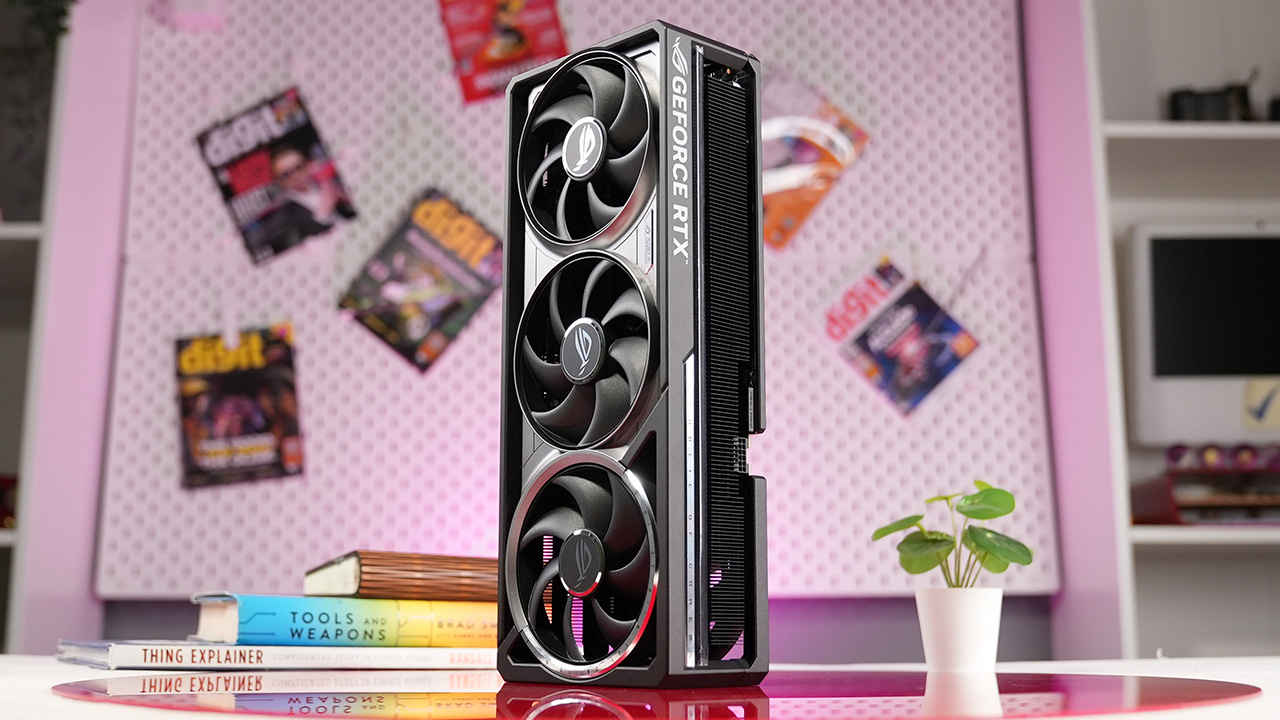
The ASUS ROG Astral GeForce RTX 5080 16GB GDDR7 OC Edition stands as a strong contender for gamers and professionals looking for impressive performance, especially when paired with cutting-edge AI-driven features like DLSS4. While the card excels in rendering quality, performance improvements, and seamless gameplay at high resolutions. The heavy focus on Ray Tracing and Tensor cores, along with Multi-Frame Generation support, push the boundaries of what’s possible in AI-assisted rendering, but the jury is still out on whether users will fully embrace this especially considering that the new 50-series cards are considerably more expensive. Furthermore, while power consumption is a concern, the card’s performance and future-proof technology make it an attractive choice—although the steep MSRP remains a critical decision point for many buyers. We don’t have the official Indian price for the Astral variant but with some leaks suggesting an MSRP of USD 1,499, this could end up being about INR 1,49,999 and that’s quite a lot. Ultimately, the RTX 5080 offers a balanced mix of power and innovation, designed for those eager to step into the next generation of gaming technology.
The arrival of NVIDIA’s Blackwell GPU lineup marks a notable step forward in graphics technology, and the GeForce RTX 5080 is intended as a carefully balanced option between raw power and accessibility. Priced at US$999, this mid-tier model provides a more attainable entry into the Blackwell family without sacrificing too much of the series’ advancements. It carries 10,752 CUDA cores, which is roughly half the complement found in the higher-end RTX 5090, and it is built on the same TSMC 4N process for efficient power usage.
ASUS has taken this foundation and applied its own enhancements with the ASUS ROG Astral GeForce RTX 5080 16GB GDDR7 OC Edition. Alongside the standard 16 GB of GDDR7 memory on a 256-bit bus, the ASUS variant offers an overclocked twist and a sleek dual-slot design. The card’s 45.6 billion transistors on a 378 mm² die, combined with NVIDIA’s DLSS4 upscaling technology, position it as a capable performer across intensive gaming, content creation, and even machine learning tasks. In this review, we will explore the ASUS ROG Astral edition’s design, performance benchmarks, and how it fits into the current landscape of high-end graphics solutions.
NVIDIA GeForce RTX 5080 Specifications
Built on the Blackwell GB203 GPU, the GeForce RTX 5080 features 84 active Streaming Multiprocessors, totalling 10,752 shader cores along with 112 ROPs and 336 texture units. The base clock is 2295 MHz, with a boost up to 2760 MHz. Then there’s the fact that all 50-series cards carry 4th gen Ray Tracing Cores and 5th gen Tensor Cores for real-time ray tracing and AI workloads. The card’s 16 GB of GDDR7 runs on a 256-bit interface, reaching 30 Gbps or cumulatively that’s an effective bandwidth of 960 GB/s.
Memory technology advancements, including more efficient compression algorithms, enhance overall performance, minimising bottlenecks during high-resolution gaming sessions and resource-intensive workloads. The larger caches also contribute to smoother frame delivery, helping the RTX 5080 maintain reliable frame rates in modern titles. Cooling solutions must manage a Total Board Power of 360 Watts, although typical power demands are generally lower in most gaming scenarios.
While the Founders Edition model employs a dual-slot cooler design, aftermarket variants such as the ASUS ROG Astral GeForce RTX 5080 16GB GDDR7 OC Edition opt for more elaborate systems for further thermal control. We get to see four cooling fans on the Astral variant with three of them on the front and the fourth fan on the rear of the card for a push-pull combination. This does make the card quite beefy and ASUS has included a support peg in the packaging to prop the card up.
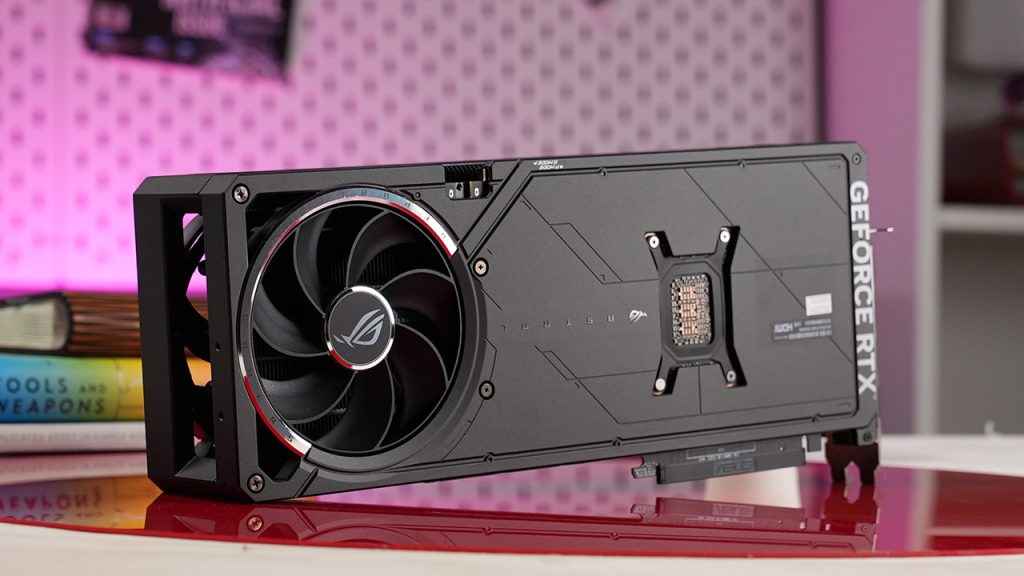
As a result, the RTX 5080 delivers a balanced combination of computational prowess, efficient memory usage, and feature-rich design that aims to appeal to a broad range of users. Its multi-faceted capabilities are intended to serve gamers, creators, and researchers as well. Folks who’d want to experiment with DeepSeek might eye this card for its massive memory buffer and high core count.
Performance
We have featured some of the older series cards along with most of the RTX 30 and RTX 40 series cards including the Super cards. A few AMD RX 7000 series cards were also thrown into the mix to see how good the cards perform against the competition. With barely 24 hours on hand, we’ve been putting the card through its paces and this review will be updated as and when we finish more benchmarks. Like always, we have a section for synthetic benchmarks as well as gaming benchmarks with plenty of charts to showcase differences. Coming to the rig, this is what we’re running our benchmarks on.Processor – AMD Ryzen 7 9800X3D
CPU-Cooler – Noctua NH-D15
RAM – 2x 32 GB Kingston FURY Beast 6000 MT/s
SSD – Kingston KC3000 2TB
PSU – Cooler Master V1200
Synthetic Performance
API Performance

Blender
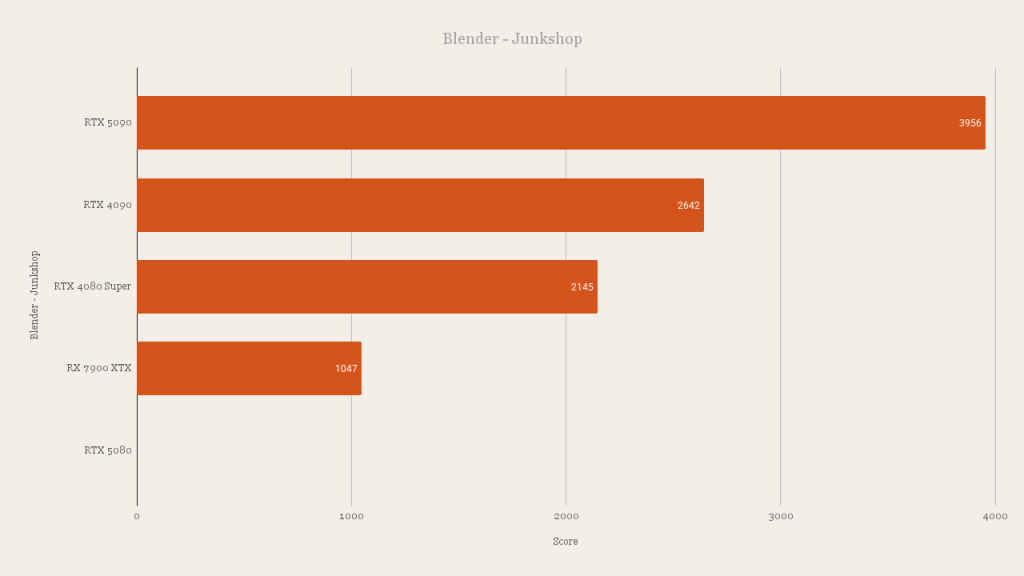
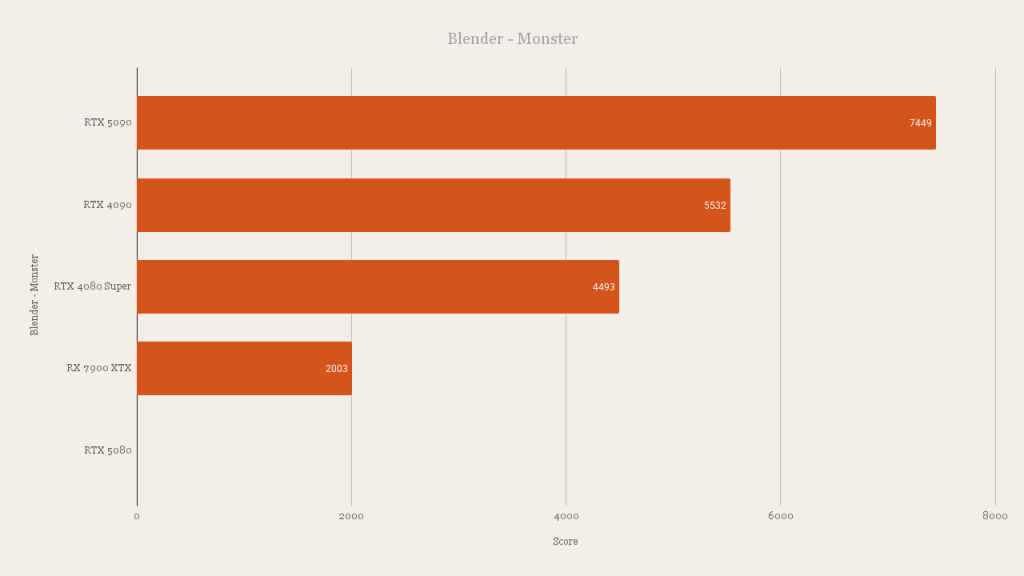
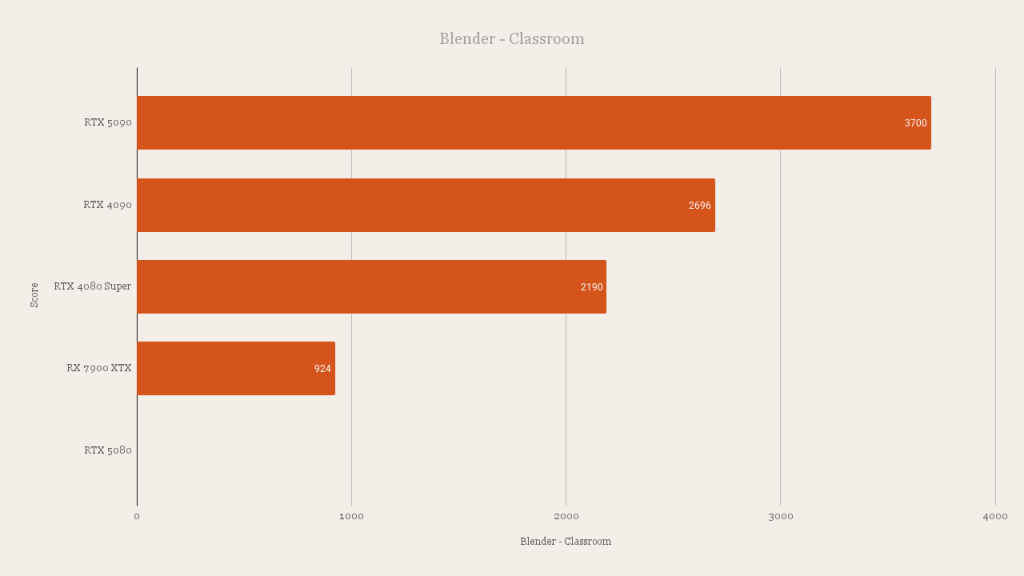
OpenCL Compute
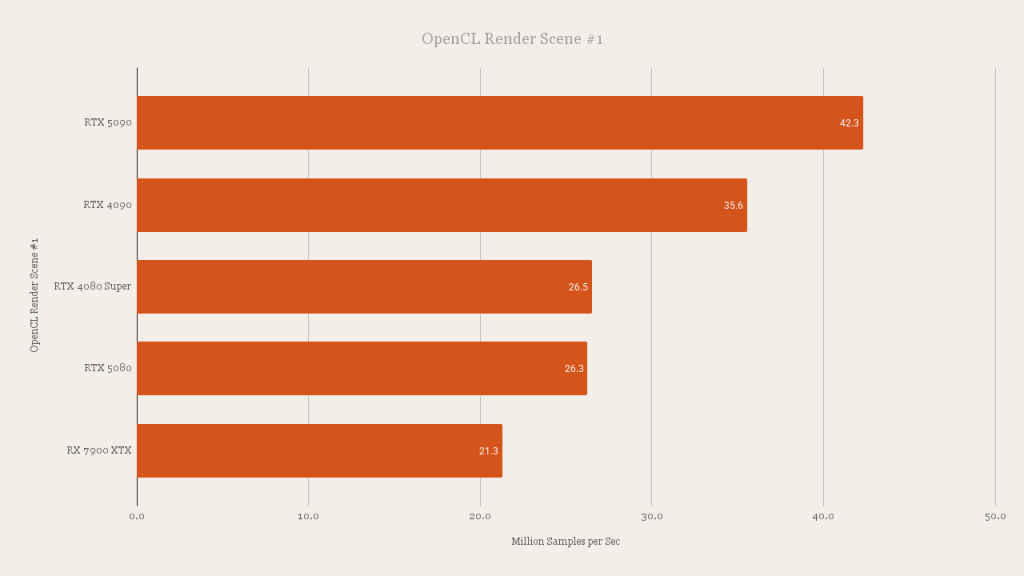
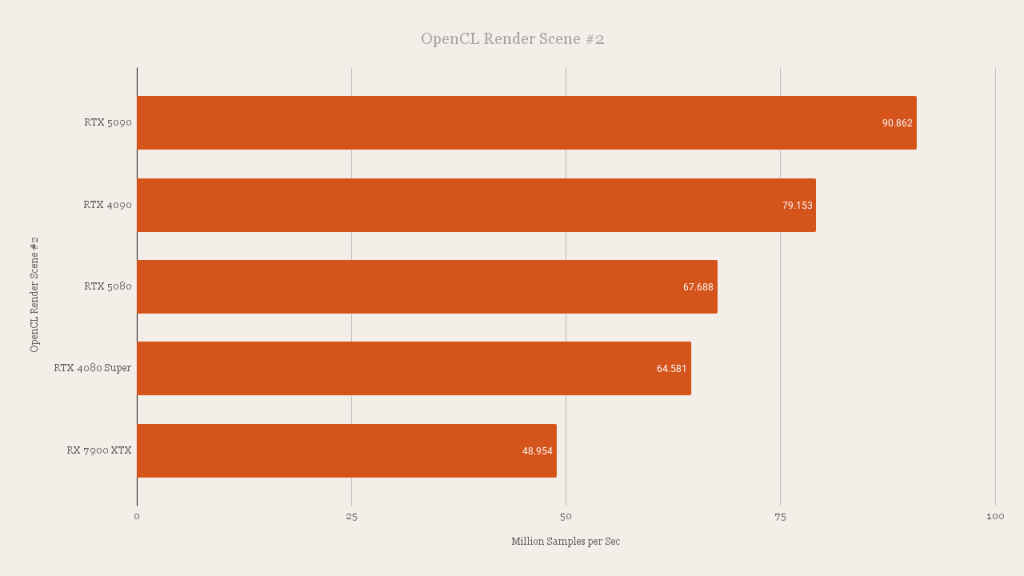
AI Performance
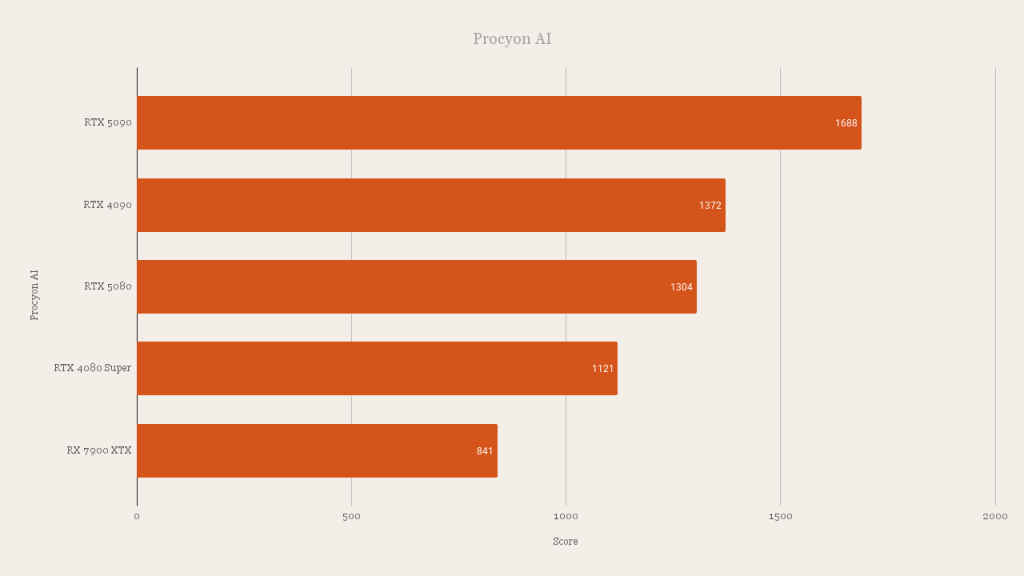
Gaming Performance
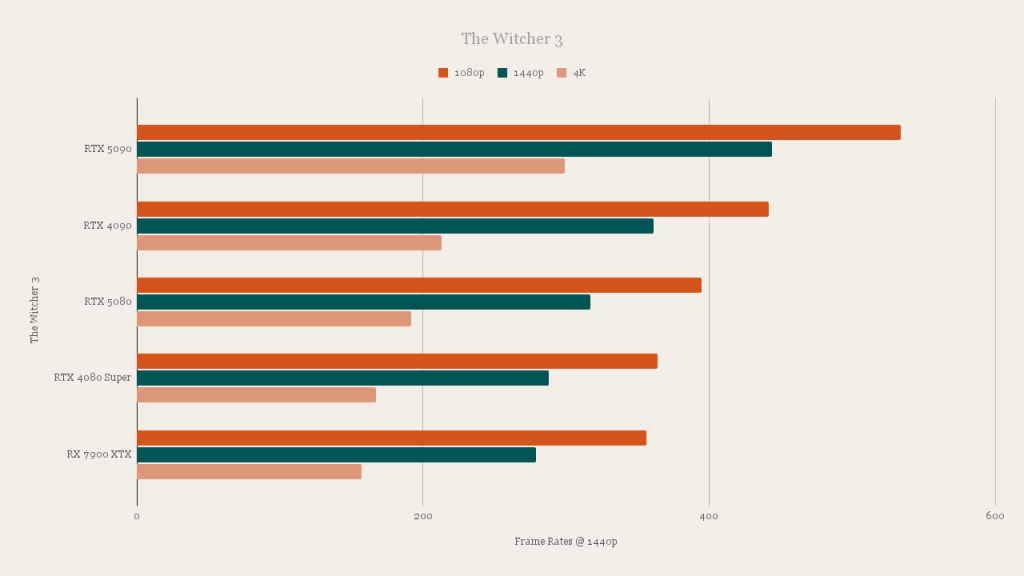
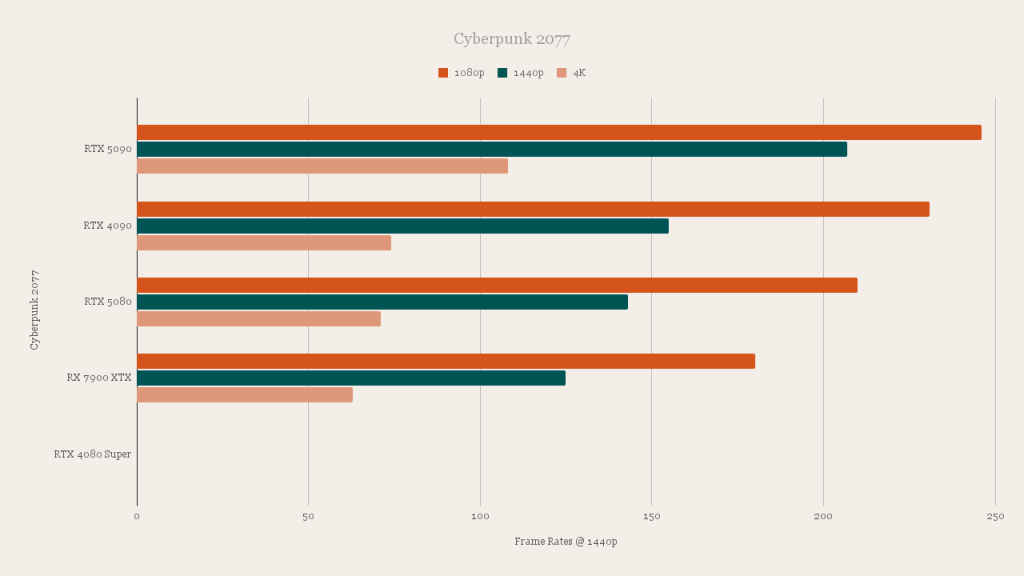
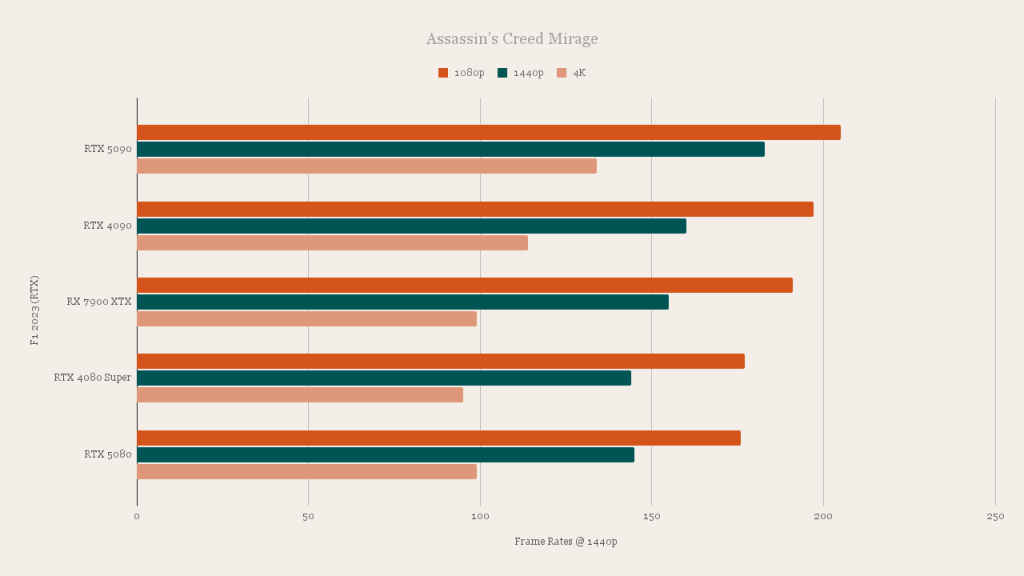
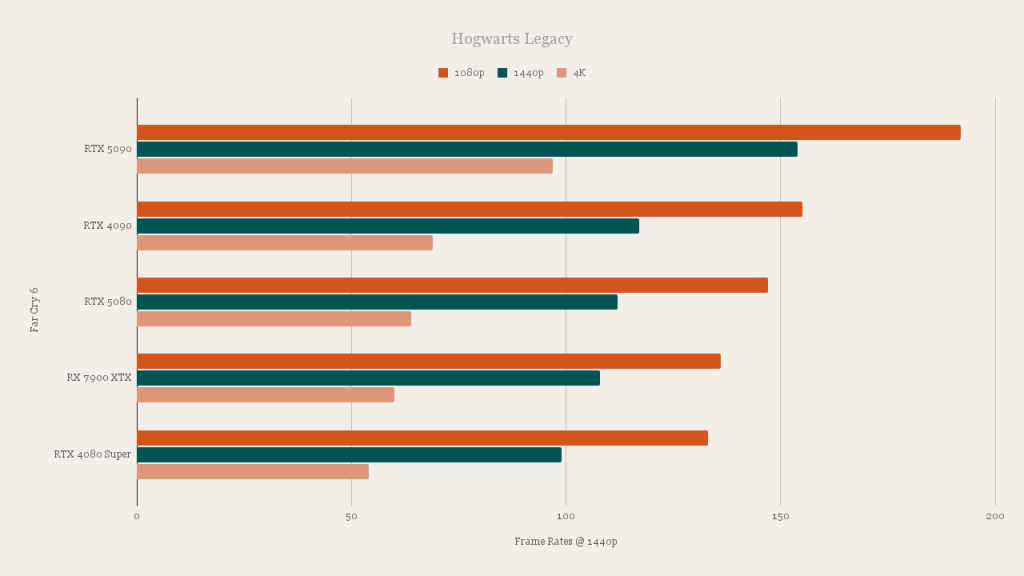
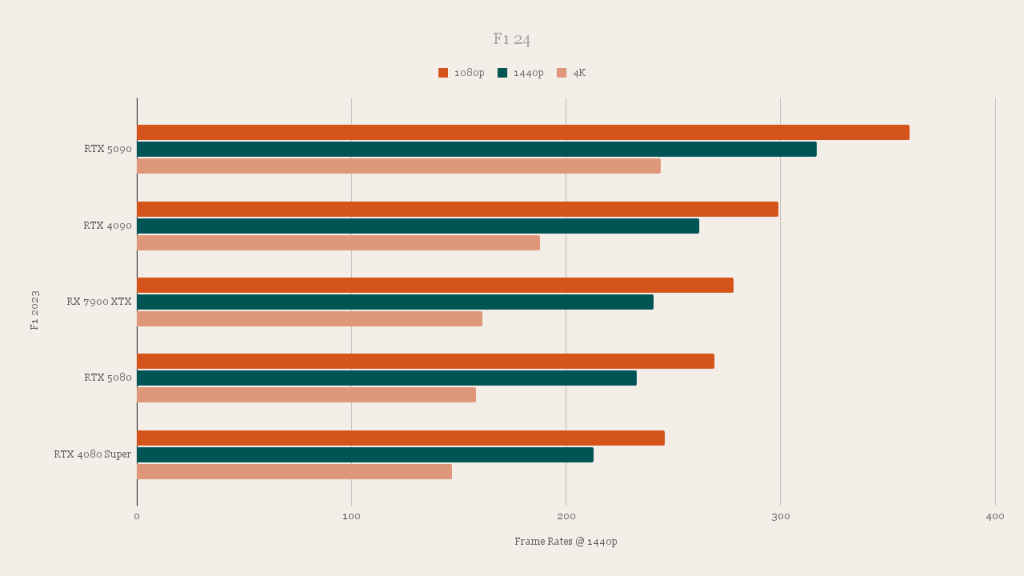
Power Consumption and Thermals
At idle, the ASUS ROG Astral GeForce RTX 5080 16GB GDDR7 OC Edition draws 22 watts, indicating that the card, despite its overclocked configuration, remains efficient when not under load. This helps keep system temperatures lower during general computing tasks and media consumption. However, power demands rise significantly under heavy load, with measurements peaking at 394 watts. This usage aligns with the card’s high performance output, particularly during demanding gaming scenarios or complex workloads such as 3D rendering and AI-based calculations.
When installing this graphics card, it is crucial to consider both idle and maximum power usage. Many modern motherboards and power supplies include dedicated PEG connectors, designed for direct power delivery to the GPU. The recommended approach is to account for peak loads by selecting an appropriately sized power supply unit (PSU). NVIDIA suggests an 800-watt PSU for the RTX 5080, although the card’s actual power usage can vary depending on system configuration and workloads. Even with an idle draw of 22 watts, overall system consumption should be evaluated to ensure adequate headroom under heavy load.
Verdict – NVIDIA GeForce RTX 5080
The ASUS ROG Astral GeForce RTX 5080 16GB GDDR7 OC Edition stands as a strong contender for gamers and professionals looking for impressive performance, especially when paired with cutting-edge AI-driven features like DLSS4. While the card excels in rendering quality, performance improvements, and seamless gameplay at high resolutions. The heavy focus on Ray Tracing and Tensor cores, along with Multi-Frame Generation support, push the boundaries of what’s possible in AI-assisted rendering, but the jury is still out on whether users will fully embrace this especially considering that the new 50-series cards are considerably more expensive. Furthermore, while power consumption is a concern, the card’s performance and future-proof technology make it an attractive choice—although the steep MSRP remains a critical decision point for many buyers. We don’t have the official Indian price for the Astral variant but with some leaks suggesting an MSRP of USD 1,499, this could end up being about INR 1,49,999 and that’s quite a lot. Ultimately, the RTX 5080 offers a balanced mix of power and innovation, designed for those eager to step into the next generation of gaming technology.
Mithun Mohandas
Mithun Mohandas is an Indian technology journalist with 14 years of experience covering consumer technology. He is currently employed at Digit in the capacity of a Managing Editor. Mithun has a background in Computer Engineering and was an active member of the IEEE during his college days. He has a penchant for digging deep into unravelling what makes a device tick. If there's a transistor in it, Mithun's probably going to rip it apart till he finds it. At Digit, he covers processors, graphics cards, storage media, displays and networking devices aside from anything developer related. As an avid PC gamer, he prefers RTS and FPS titles, and can be quite competitive in a race to the finish line. He only gets consoles for the exclusives. He can be seen playing Valorant, World of Tanks, HITMAN and the occasional Age of Empires or being the voice behind hundreds of Digit videos. View Full Profile
